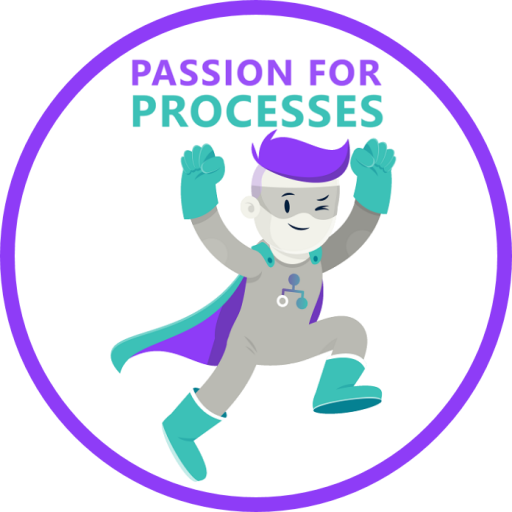I am seeing a difference in relationship data returned from using a script to when using the ARIS GUI on a particular function object occurrence in ARIS Architect v9.6.
When scripting I obtain all function occurrences in my model, then for every occurrence I get the connection associated with the function. Then for each connection I print the ActiveType and Name.
My script seems to be showing reference names to the same function (object) name, where the ARIS gui (selecting Properties^Relationships) seems to show what I intend.
Assuming the ARIS GUI function above is correct, my conclusion is that either my scripting is defective, or the programming API is broken in ARIS?
Can someone verify my finding with any model that contains function relationships (I have included my test case)?
I am including the script I am using, the function tree model .xml, my script output (Report20.htm), a screen shot of the function tree, and a screenshot of the level 1 and level 2 selections using ARIS menu Properties^Relationships that do NOT match the Report20.htm.
Thanks,
MR
I am surprised nobody has seen any issue with the following methods to get relationships for connections.
// loop through connections
var aCxns = oFuncOccs[j].Cxns(Constants.EDGES_INOUT,Constants.EDGES_ALL) //Returns the specified connections of the object occurrences.
for(var z=0;z
Hi,
the UI shows all connection definitions. Which includes also connection occurrences, which are displayed in other models, or even not displayed at all. In addition, also "implicit connections" are displayed.
Implicit connections are not connection definitions existing in the database, but implicitly via the model structure. Example: you have an EPC with the functions "upper". At the function "upper", you assign another EPC containing function named "lower". Thus, because the function "lower" is placed in an assigned EPC, the function "upper" is "process-oriented superior" to the function "lower". This is defined in the ARIS methodology.
Selecting such a connection in the UI and pressing "F1" gives you an overview about what is displayed. Pressing the "symbol" link in the explanation of the relationship type gives you more information about that.
Bye,
Frank







